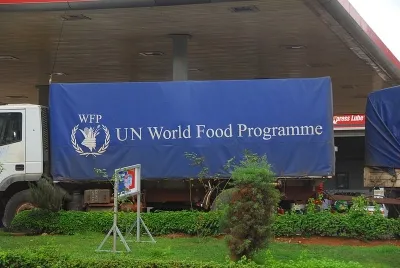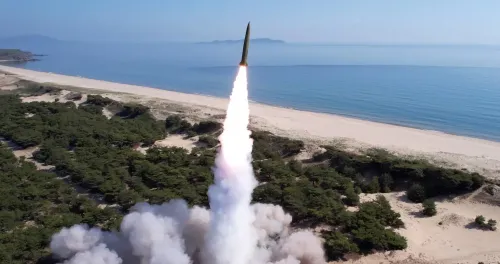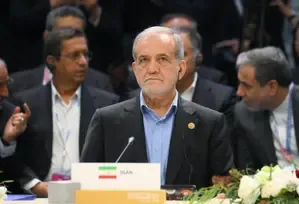How Can WFP Increase Food Aid in Gaza with Better Border Access?

Synopsis
Key Takeaways
- WFP has delivered over 6,700 metric tonnes of food since the ceasefire.
- Daily deliveries average around 750 tonnes, below the target of 2,000 tonnes.
- Access to northern Gaza is severely restricted, impacting aid efforts.
- WFP aims to restore 145 distribution points across Gaza.
- Food prices remain high, limiting access for families.
Geneva, Oct 22 (NationPress) The ongoing ceasefire in Gaza has allowed the United Nations (UN) humanitarian teams to reach a greater number of individuals with essential food supplies, yet enhanced access is crucial to combat famine, a UN representative stated in Geneva.
Abeer Etefa, senior regional communications officer and spokesperson for the World Food Programme (WFP), reported that since the ceasefire commenced on October 11, the agency has successfully delivered over 6,700 metric tonnes of food, sufficient to sustain nearly 500,000 people for a span of two weeks, according to Xinhua news agency.
“Daily deliveries are ongoing, averaging around 750 tonnes,” she noted, emphasizing that this figure remains significantly below WFP's goal of 2,000 tonnes per day. “Achieving this target is nearly impossible without utilizing all border crossing points.”
At present, only the Kerem Shalom and Kissufim crossings in the south are operational. Severe destruction continues to obstruct access to northern Gaza, where famine was declared in August. “We require Erez, we need Zikkim, we need these border crossing points to be operational,” Etefa emphasized.
Reaching northern Gaza with large-scale convoys is of utmost importance. “We’ve cleared roads extensively into the north,” she stated, “but we need these crossings to connect to Gaza City, where conditions are particularly critical.”
WFP is in the process of revitalizing its food distribution network, aiming for a total of 145 distribution points across the Strip, of which 26 have reopened. “People are arriving in large numbers, thankful for the efficiency and dignified manner in which they can collect their rations,” Etefa remarked.
The aid is especially vital for the “most vulnerable,” including women, female-headed households, and the elderly. While many remain hopeful, “there is a sense of cautious optimism” regarding the sustainability of current conditions. Many families are conserving part of their rations due to uncertainty about the ceasefire's longevity. “This is a fragile peace,” she stated.
Food prices remain exorbitant, and supplies are still inadequate. “People may find food in the market, but it's prohibitively priced,” Etefa cautioned.
WFP is also assisting the most food-insecure households through digital payments, enabling approximately 140,000 individuals to purchase food locally, with plans to double that number shortly. However, Etefa stressed that humanitarian aid alone cannot resolve the crisis, and it is imperative that commercial supplies are permitted to complement relief efforts.
Only a fully implemented and sustained ceasefire can empower WFP to operate at the necessary scale, Etefa concluded.









